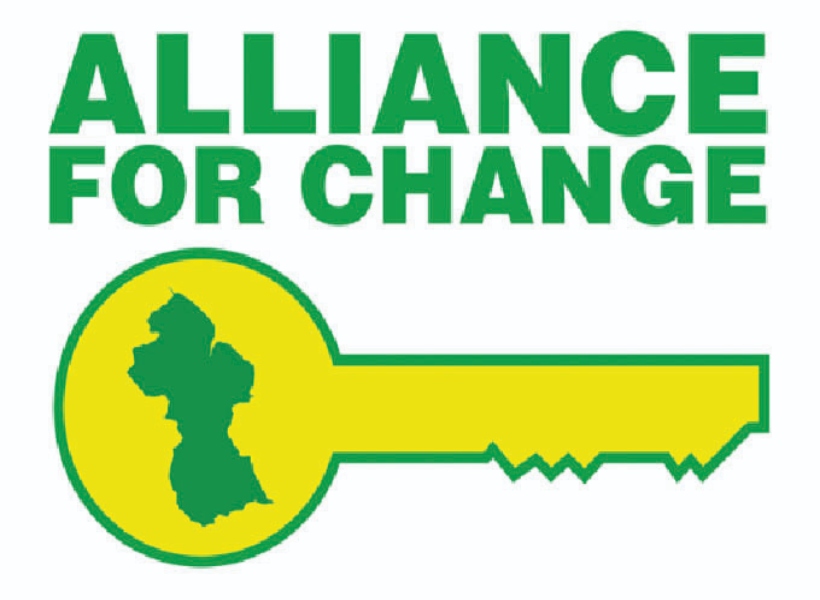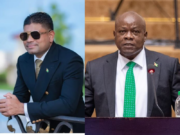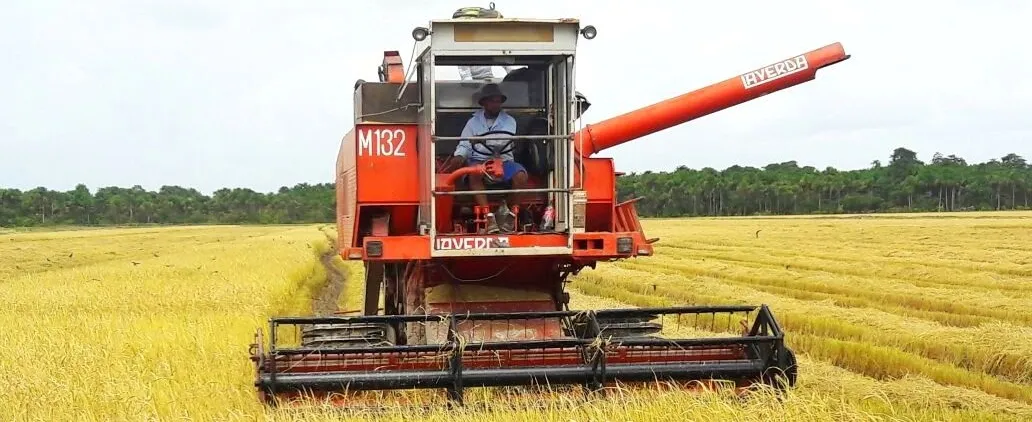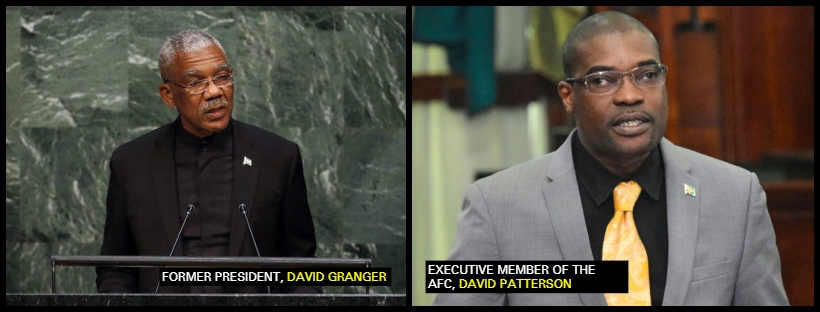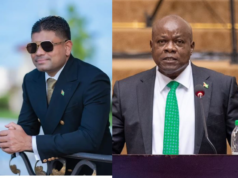Executive Member of the Alliance For Change (AFC), David Patterson, recently admitted during an interview on a local radio station that the 2025 deadline that was proposed by former President, David Granger for ensuring Guyana goes 100 percent to renewables was “extremely ambitious.”
Patterson said that obviously, Granger was the President at the time so he did not venture to question it. The former Minister did note however that Granger did have a caveat regarding the achievement of the goal which was that funding had to be available for this to occur. “Unfortunately, the funding was not available to transition to 100 percent renewable by 2025. But the energy mix that we had envisioned (with the use of associated gas) carried us up to 2037 and by then we were saying we would move closer to the goal of renewable,” Patterson stated.
Even though the APNU+AFC regime was not able to realize the goal of its former president, Patterson did state that the political opposition fully supports the move by the PPP/C Government to bring gas to shore from the Liza Phase One Project. He believes this is critical to the nation’s overall development while noting that it will provide the perfect platform for Guyana to transition to cleaner energy sources.
According to preliminary reports that were done by the previous administration on the feasibility of bringing gas to shore from the Liza Phase One Project, it was noted that an offshore pipeline is estimated to cost between US$165 million and US$270 million to build, depending on the size and landing site location. As for the onshore compression and separation of the Liquefied Petroleum Gas, this is estimated to cost between US$43 million and US$114 million. Finally, distributing the natural gas to the various electricity generation locations is estimated to cost between US$95 million and US$127 million depending on the landing site selected.
Guyana is expected to handle the costs for the infrastructure of onshore facilities while ExxonMobil would take care of the offshore aspect of the project but all costs based on the terms of the Stabroek Block Production Sharing Agreement would be recoverable.
Guyana would also have to pay ExxonMobil for the transportation of the gas, but that price is still being worked out between the oil giant and the PPP/C Government.
Specifically, in October last year, the government had said that it is negotiating the price for the gas that would fire a 300MW power plant. It has said too that its appointed task force on the matter “will decide whether we will do a private/public partnership (PPP) or build, own, operate and transfer (BOOT) arrangement, or whether government will fund it totally.” Once the price is settled, ExxonMobil will not only be able to recover all costs incurred on realizing the project, but it will have another cash cow on its hands.
A few weeks ago, Vice President, Dr. Bharrat Jagdeo had said that the government has decided to land the gas-to-shore project at Wales, West Bank Demerara, but he is still to release the relevant environmental studies, which support that choice.
